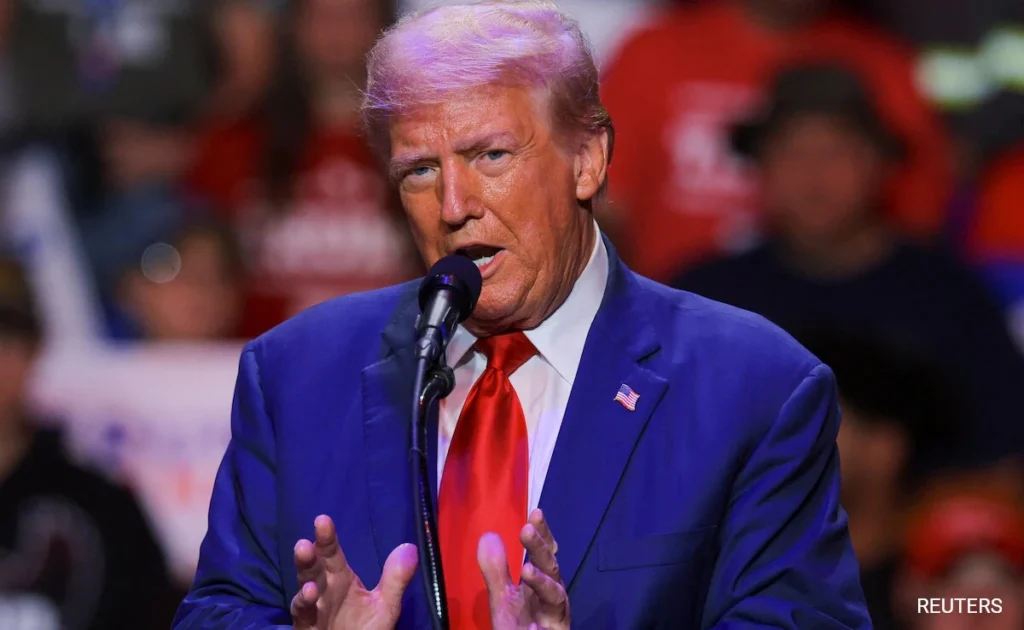A sweeping array of tariffs proposed by President Donald Trump came into force today, causing overall anxiety among global trading partners and kindling the threat of increased prices for American consumers.
The new levies, at the center of Trump’s 2025 economic revival strategy as he makes a bid for a White House return, target over $300 billion of imports of electronics, cars, steel, and consumer goods from big trading partners such as China, Mexico, and the European Union. Imports will also be subject to tariff rates of as much as 60%, a steep increase that economists warn will undercut international supply chains and trigger retaliatory trade actions.
“It is a seismic shift in U.S. trade policy,” said Dr. Karen Liu, senior trade analyst at the Peterson Institute for International Economics. “It is a sharp departure towards protectionism, with possible ripple effects across industries and global markets.”
Domestic Impact: Prices and Inflation
U.S. consumers and companies might be the first to suffer. Economists predict the tariffs would raise the price of everyday items ranging from smartphones and home electronics to clothes and food. Companies that employ foreign components are already planning to lay off workers or raise prices.
“Higher input costs mean higher prices for consumers,” said Jennifer Morales, COO of an auto parts manufacturer based in Ohio. “We’re being forced to rethink sourcing and production timelines in ways that will ultimately hurt the customer.”
As stores are gearing up for increased operating costs in the run-up to the holiday season, big retail groups like the National Retail Federation have appealed to the administration to rethink, flirting with inflationary pressure at the same time that the Federal Reserve was making headway in bringing prices to heel.
Global Fallout and Retaliation
World leaders have reacted fiercely. China has said it would reconsider trade with America, and there are also suggestions of retaliatory tariffs. The European Union denounced the move and requested an emergency World Trade Organization gathering.
We regret the United States’ unilateral imposed step,” EU Trade Commissioner Helena Bartos said. “Protective measures are no answer to global economic issues and will only serve to damage mutual confidence.”
Several Asian economies, also dependent heavily on U.S. supply chains, are weighing possible ramifications. South Korea and Japan expressed “deep concern” over how regional trade stability would be impacted.
Political Calculus
Trump framed the tariffs as part of a larger push to revive American industry and reduce foreign dependence, a message that falls heavily within those in his political base, particularly in states attuned to manufacturing concerns.
“We are taking back control of our economy,” Trump said during a rally in Pennsylvania. “No more getting ripped off by countries that flood our markets and steal our jobs.”
But critics view the long-term costs as greater than the benefits, pointing to potential job losses in sectors that rely on trade and international cooperation.
What Comes Next
While trading partners weigh their next steps and industries scramble to conform, the full impact of Trump’s tariffs takes months to unfold. Economists warn that a tit-for-tat spat of retaliation could usher in a new era of global trade tensions not seen since the early 2000s.
As the 2026 midterm elections loom and the global economy teeters between recovery and uncertainty, everyone will be paying attention to how governments, markets, and consumers respond to what could be one of the most dramatic trade shifts ever.
